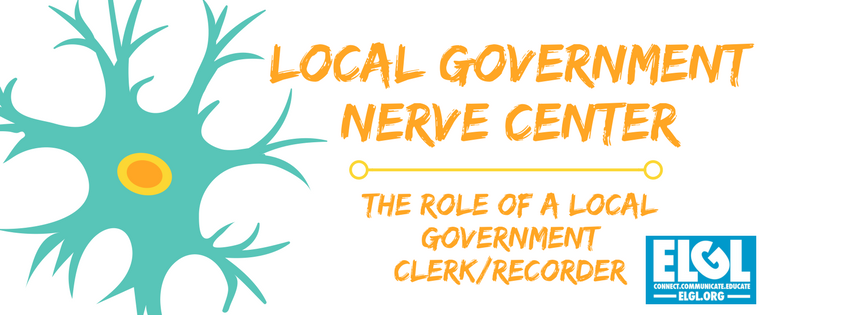
Welcome to the blog series, “The Local Government Nerve Center” about the important work of clerks and recorders. Want to be a contributor? Learn more here.
By Megan Asikainen, CivicClerk
You are likely thrilled to see residents filing into your meeting room to observe and take part in public discussions on topics that will impact your community and their lives. Your pride and satisfaction in their attendance, however, can be quickly deflated when you look up during the meeting to see them staring off into space or stifling a yawn. Local governments are responsible for making decisions with the most significant impact on community members’ day-to-day lives. Why then, do public meetings suffer the reputation of being boring? Is it their formal format? Are our agendas too long? Your public meetings do not have to bore the public. Follow these tips to keep your meeting participants engaged and dispel the myth that your meetings are boring.
Incorporate Live-Meeting Polling
Some residents will likely be comfortable speaking up during meetings to share their perspectives. It can be easy, however, to find that the same residents are frequently the only ones sharing ideas and adding commentary. Keep them engaged and demonstrate that you value their input by incorporating live, digital poling of meeting participants during public meetings. Digital polling allows participants and meeting facilitators to see the instantly tabulated results to help further shape discussion and move decisions forward.
Offer Education and Resources, so that Community Members Understand how to Participate
One consideration that may be holding some residents back from participating is their unfamiliarity with the proper meeting procedures and protocols. Provide educational resources to help residents understand how to participate in meetings effectively. Not only will they enable community members to share their opinions, they will help you to keep sessions running effectively.
Train Speakers to Efficiently Present Information
You want experts on local topics to present at meetings but being an expert on a subject does not necessarily mean one knows how to act as an engaging, dynamic speaker. Provide resources and training for staff who regularly present and facilitate meetings to help them understand how to hold their audiences’ attention.
Set the Right Meeting Environment – Your meeting room should be a comfortable temperature—not too hot and not too cold. Extreme temperatures can be a distraction to those in attendance. Make sure all who will be speaking are using microphones or that they can be heard clearly from all locations in the room. Use multimedia screens to help attendees follow along as you move through meeting content. Many agenda management solutions have a built-in display feature that allows you to control visuals seamlessly as you progress through your meeting items.
Prepare and Distribute Background Documentation in Advance
Residents will be more engaged in discussions if they have had an opportunity to review relevant documentation, consider all perspectives, and form their opinions in advance. If you struggle to distribute meeting agendas and supporting materials to meeting attendees in advance due to manually intensive paper-based agenda creation workflows, consider a digital agenda and meeting management software solution to help expedite the collaboration and distribution process.
Use Visual Aids
Dynamic visuals can help stimulate engagement. Whenever possible, incorporate dynamic content into presentations, such as photos and videos. For example, if debating the development of a new dog park, build a slideshow that includes schematics of the proposed parks, visually impactful survey data, and even videos of interviews with community dog owners and area residents.
Manage Speaking Time
One reason meetings can quickly begin to feel dull is if a single speaker talks at length and does not realize he or she is being repetitive. Using a meeting management software solution that provides a visual countdown clock for speakers will help set an expectation for exactly how much time all speakers are allowed so there are no surprises and they can maximize their speaking time.
Conclusion
Public meetings are vital to the success of your community, and they do not have to be boring. By using the inclusive, informative, and dynamic techniques outlined here, you will benefit not only from a better understanding of your community members’ viewpoints but also from building positive relationships with the voters in your community.
About the Author
As a solution architect for CivicClerk, Megan is responsible for ensuring the product continues to evolve to meet the ever expanding and shifting role of the clerk in the digital era. Before joining the product innovation team at CivicPlus, Megan worked for over 12 years as a city clerk. She draws on her public sector experience as she works with CivicPlus’ product developers and clients to customize the CivicClerk solution. Megan received the Certified Municipal Clerk designation from the International Institute of Municipal Clerks in 2014 and the Missouri Registered City Clerk designation in 2010. She has also been recognized among the “30 Leaders in their Thirties” Leadership Award by the North County Incorporated Regional Development Association of the St. Louis area in 2013.
